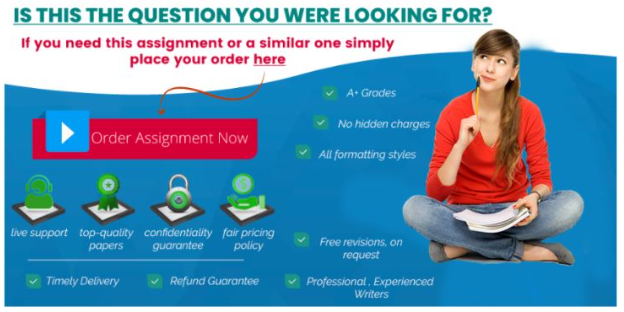Assessment Task
Create an Advocacy plan to describe the activities you would like to undertake that address the
community social justice issue you identified in Assessment 1., Elaborate on this plan with a 15-
minute audio-visual presentation that includes your written advocacy plan., You will need to design
your audio-visual presentation using a digital program such as PowerPoint Canva or Google Slides.,
You will submit a recording of your presentation via the LMS portal. ,Please refer to the Instructions
section for details on how to complete this task.,

Context
Whether you’re considering carrying out advocacy activities as part of a large social justice campaign
or on a smaller scale in a community or organisation, it is important to do your due diligence and
planning beforehand. This is particularly the case if the issue involves multiple stakeholders and
activities, relates to a sensitive topic, is not within your own lived experience, or you’re not part of
the affected community or lack experience with advocacy or the issue.
Advocacy planning helps you to be organised and informed and to have the best chance of success.
It also helps to ensure you have considered all the possibilities, risks and issues related to your
chosen activities before acting so you can make informed decisions. Importantly, plans also include
metrics and evaluation guidelines to help you assess the success of activities so you can continuously
learn and improve as an advocate as well.
By completing this assessment, you will gain knowledge, tools, and insights that will assist you in
planning advocacy activities in your personal and professional life. Although not the case in this
assessment, you may also choose to use advocacy plans when collaborating with others on social
justice activities in the future.
This assessment builds on Assessment 1, where you were required to research a community issue.
Assessment 2 will enable you to take those findings and create a plan of advocacy informed by them.
Instructions
To complete this assessment, you will follow the steps outlined below.
1) Confirm your ask
After reviewing the current advocacy campaigns, their ask, activities, initiatives and
policies, clarify what you are asking for or want changed in relation to the current
situation of the issue in your chosen community. Remember, this should be informed
by your Assessment 1.
2) Research the issue further and gather relevant information to support your advocacy plan
Gather information on the following:
• Research existing plans to deliver changes to policies, or for new policies, projects or
programs that address this issue. If so, where are they up to?
• Complete your stakeholder identification and analysis, including current policies,
campaigns and initiatives.
• Did anyone else ask for it in the past? If so, what was successful and what not?
• How many people would benefit from your action?
• What media has this issue covered locally, nationally and globally? And what agenda-
setting and framing can you identify?
• Any other pertinent information relating to your ask? Review and update the key
research and information from Assessment 1.
3) Create an advocacy plan
Write your advocacy plan using the following structure:
• A clear and concise description of the current situation of the issue, and how it is framed
in the media.
• A current and specific advocacy target and stakeholder analysis outlining who are
involved directly and indirectly in this issue, drawing on your work for Assessment 1
and including each stakeholder group’s activities, interests and perspectives
• Your ask, based on your research findings
• Goals and SMART objectives of your planned advocacy activities in your chosen
community
• Key messages for each stakeholder, talking points to be used in your activities
• Strategies and tactics planned to achieve your goals and objectives
• Timeline in the scope of this assessment
• Evaluation plan (the criteria) to measure the success of your advocacy activities.
• Reference list
Your advocacy plan should be written in clear and concise language and demonstrate your
ability to critically analyse the issue and develop a well-structured plan.
4) Create a recorded presentation of the written advocacy plan
Elucidate your advocacy plan by translating it into an audio-visual presentation that includes
the key information from your written advocacy plan. This could be a recorded slide deck
presentation, a video recording or any other audio-visual means with your face visible.
Please note: The recorded presentation MUST expand on the key points of the written
advocacy plan, but please do not read directly from it. For Assessment 2, you need to submit
the recorded presentation and the written advocacy plan separately.
Find more tips on recording narration in PowerPoint or how to film a video presentation via
the link for Assessment 2 in the LMS portal.
Referencing
It is essential that you use appropriate APA style for citing and referencing research. Please see more
information on referencing in the Academic Skills webpage.
Submission Instructions
Submit the task via the Assessment tasks link in the main navigation menu in EEDUSD400 Social
Justice in Action:
● Submit a recording of your presentation on Blackboard via the Assessment 2, Presentation–
Submission link.
● Please note during the submission process, once your first item has been uploaded, click
Browse Your Computer if you need to attach extra files. Then click the Final Submit button.
● Your assessment will be formally graded via the Grade Centre by your Learning Facilitator
and feedback will be provided through My Grades.










